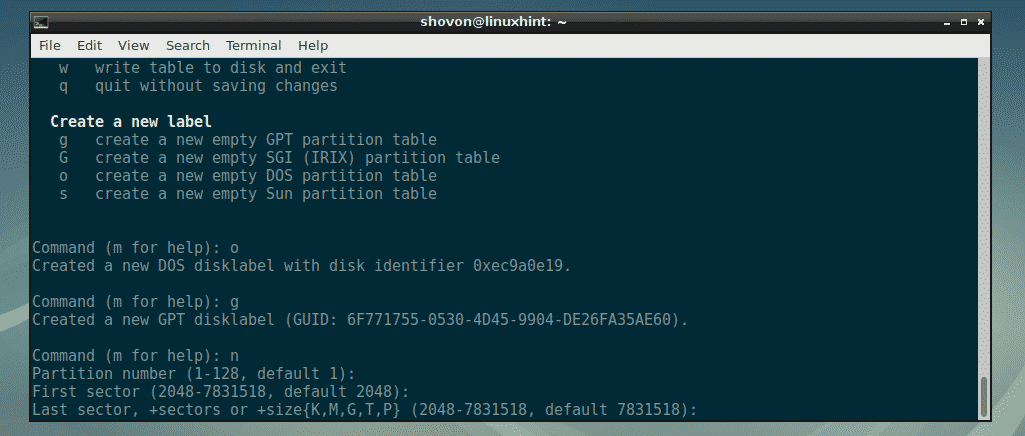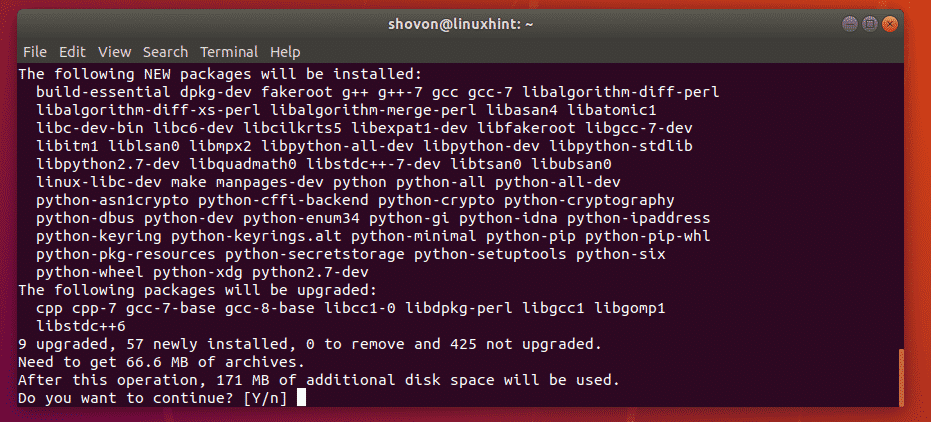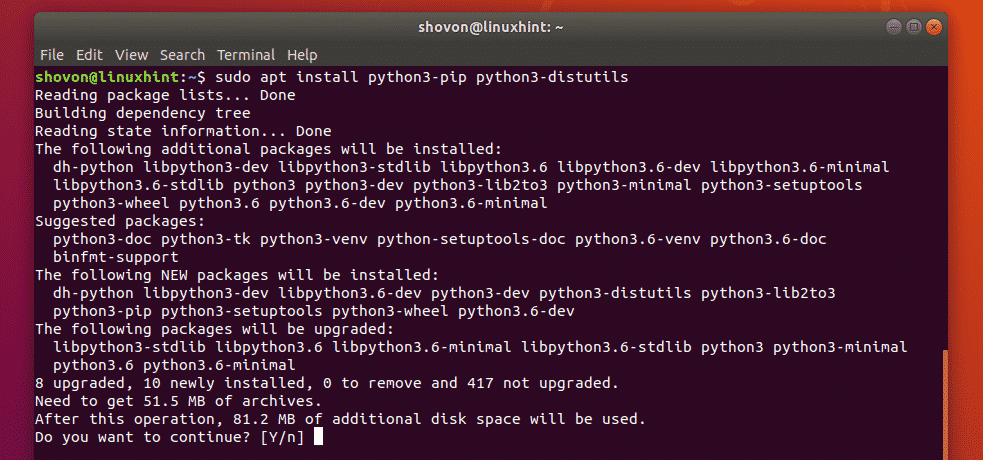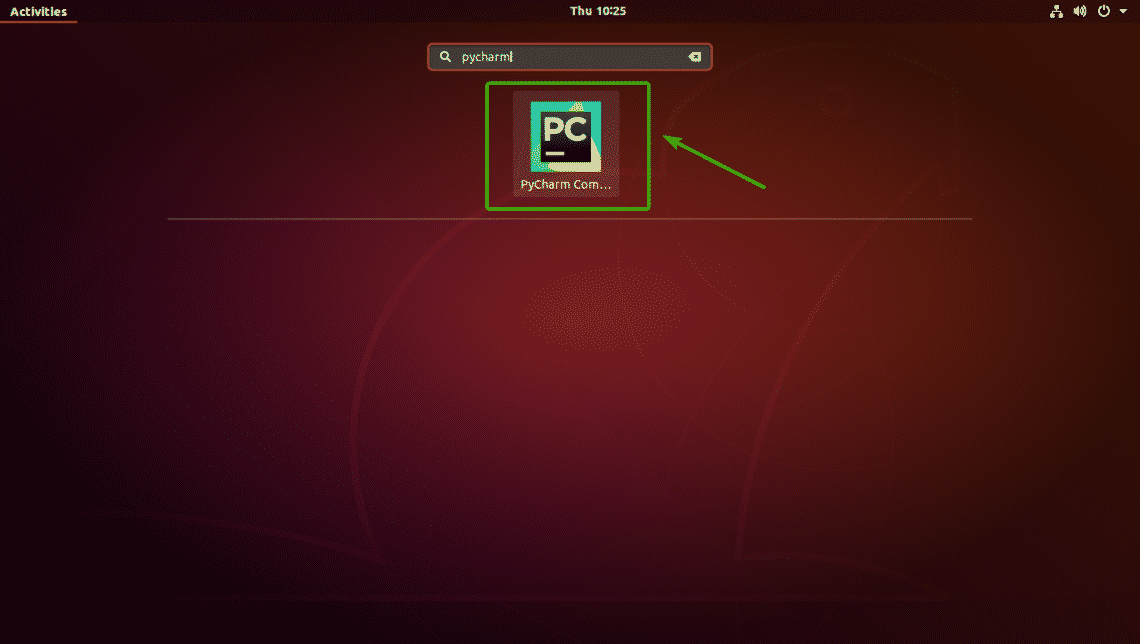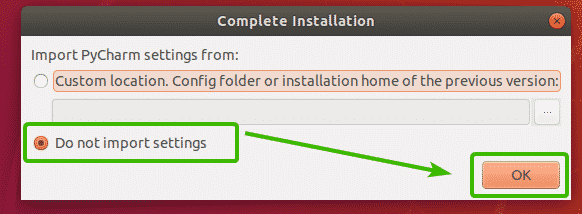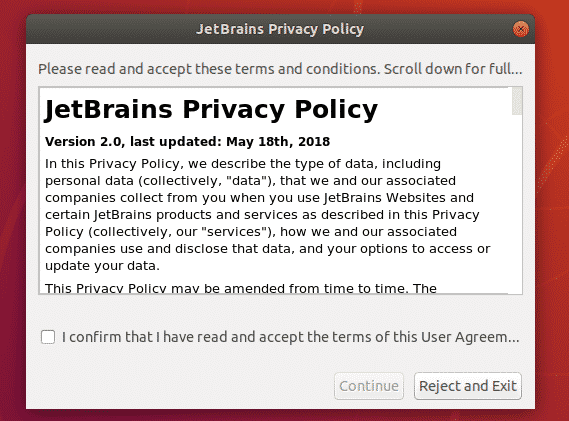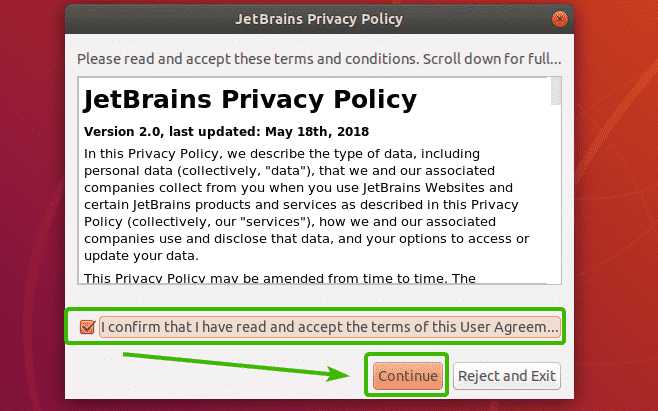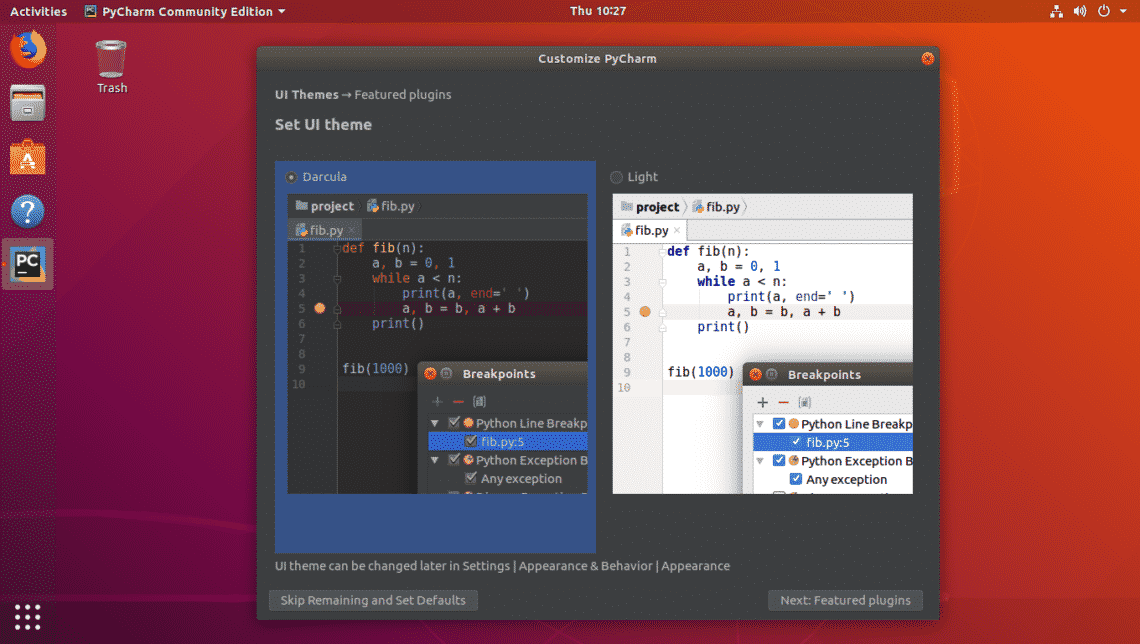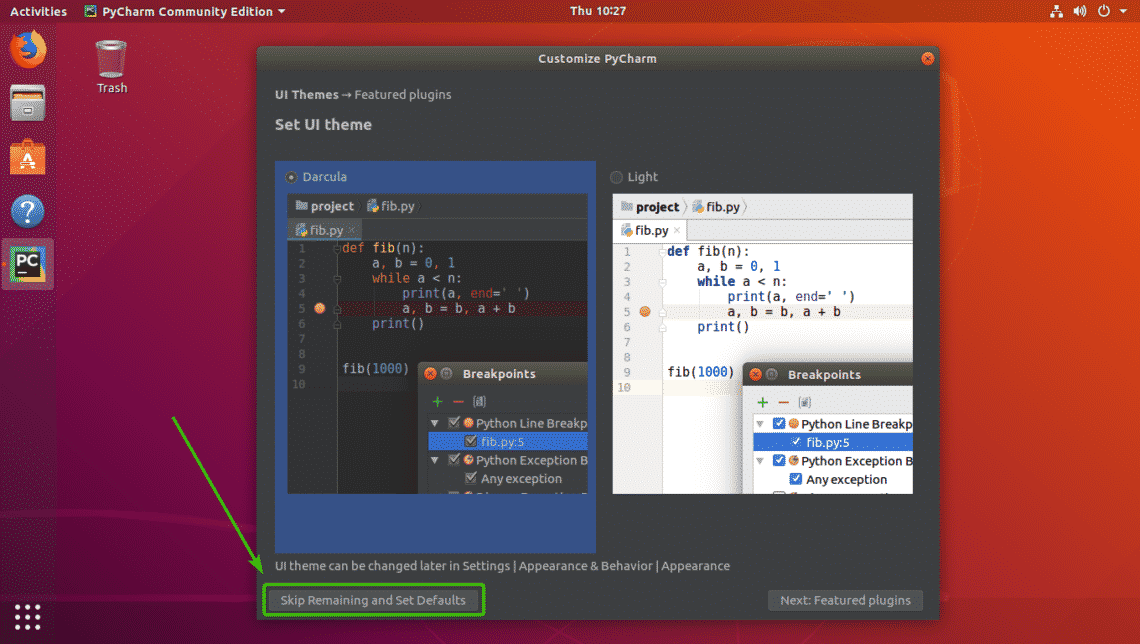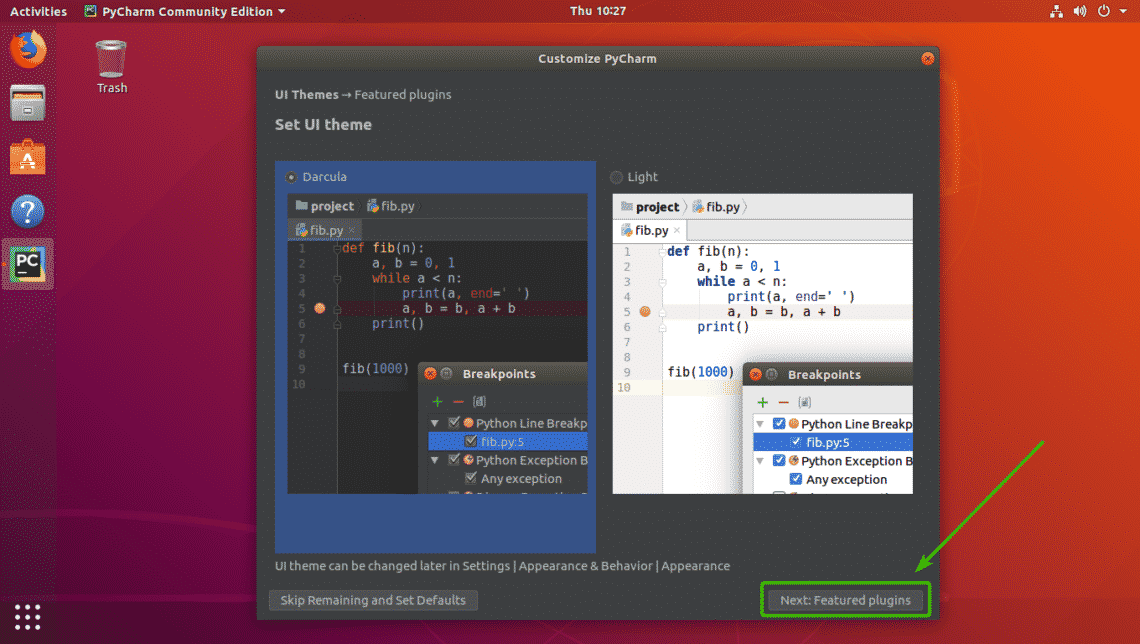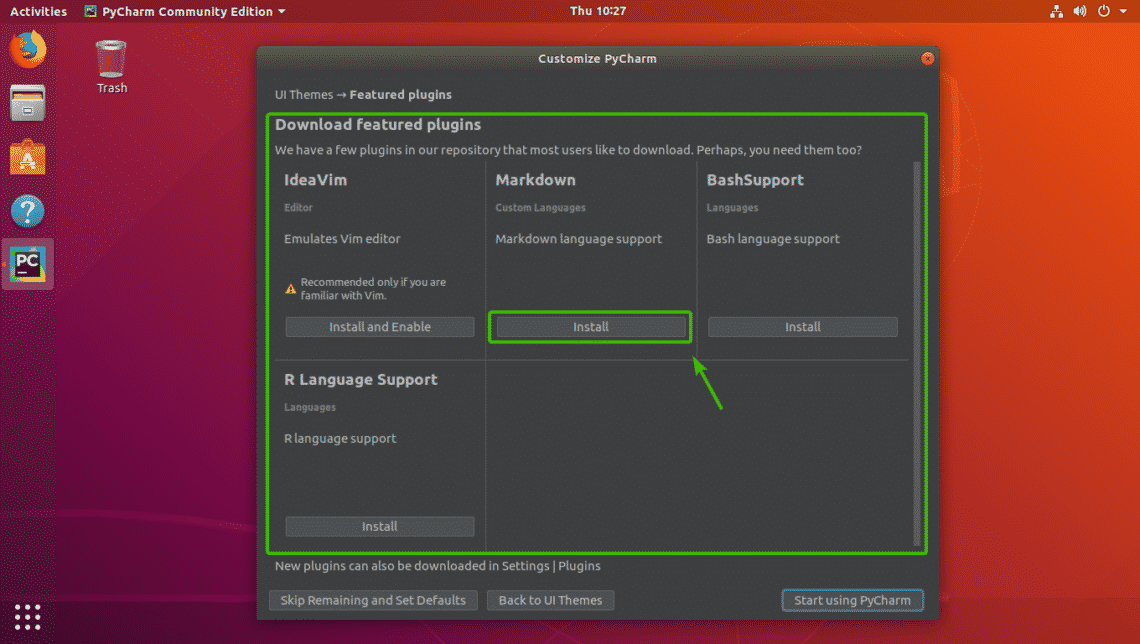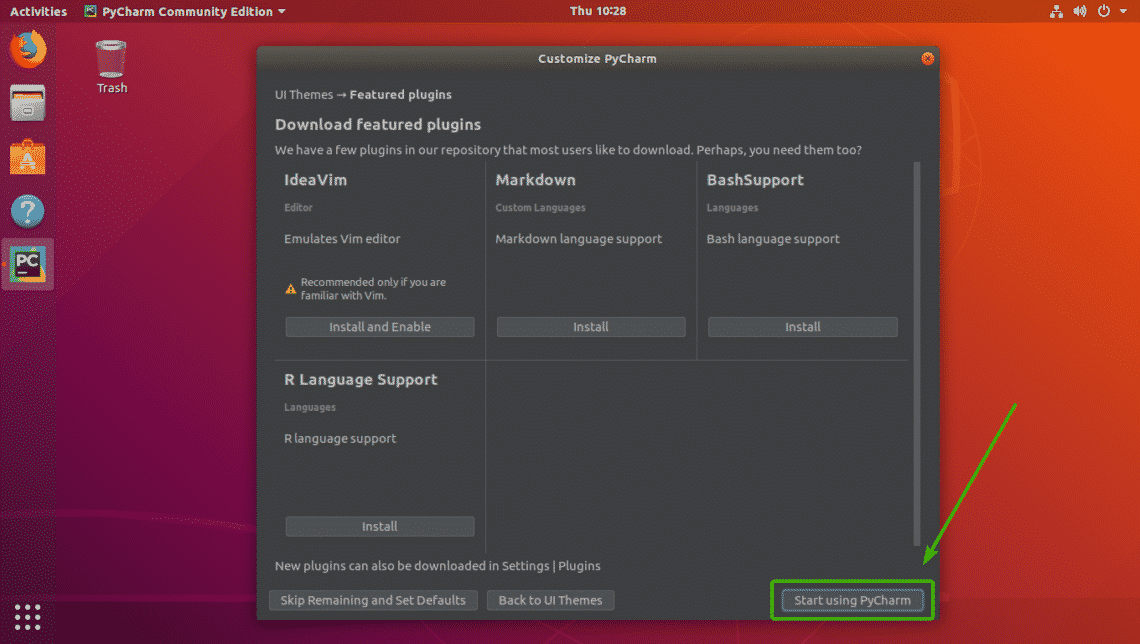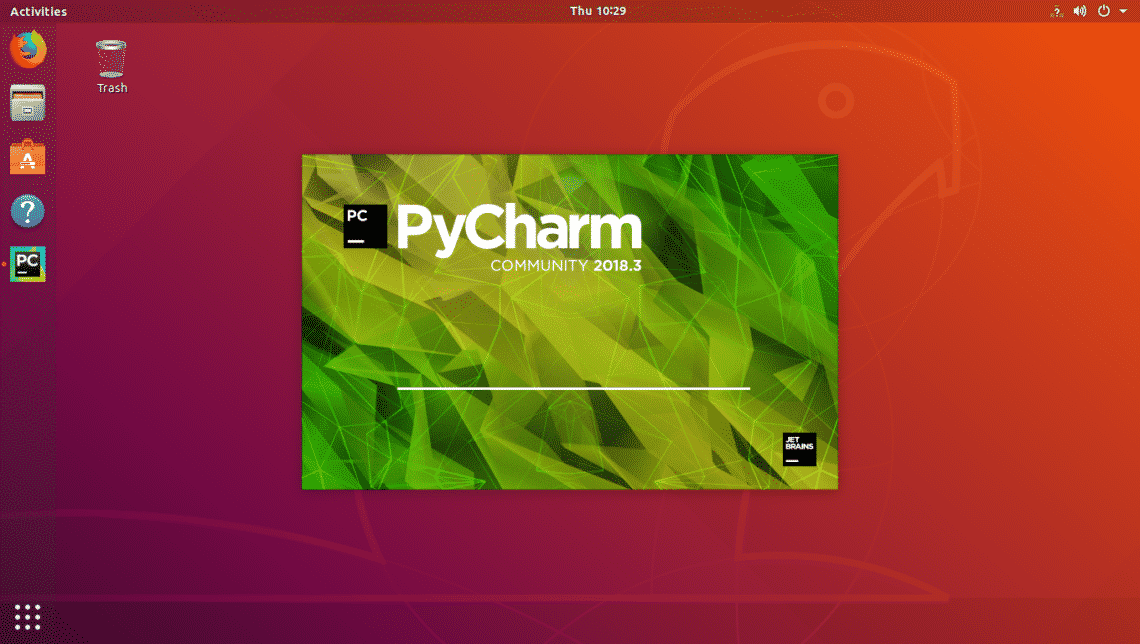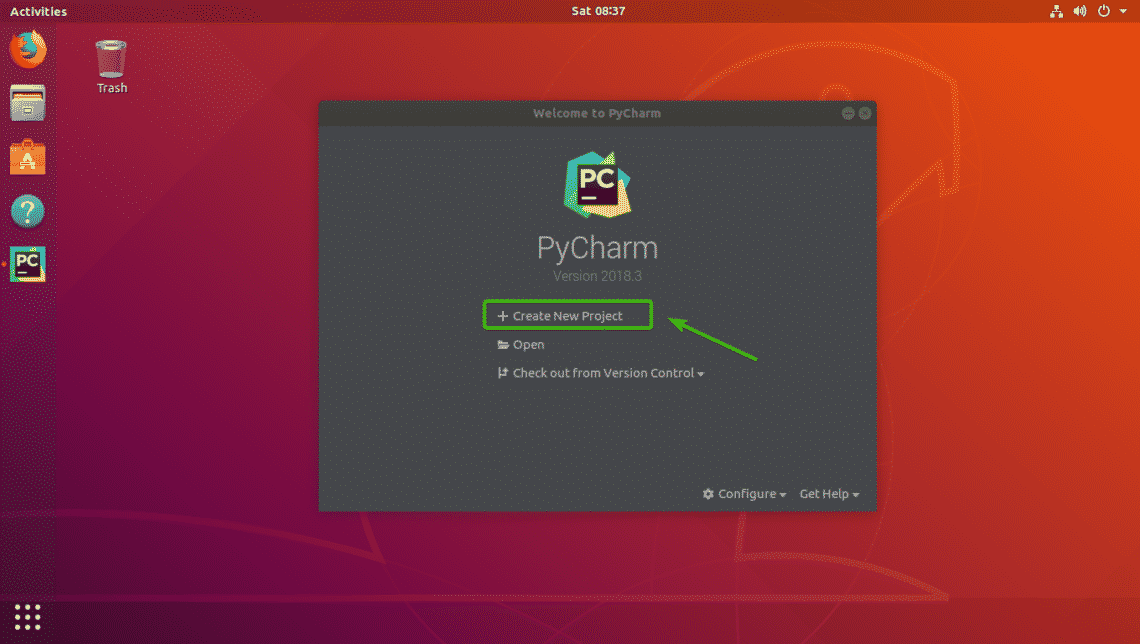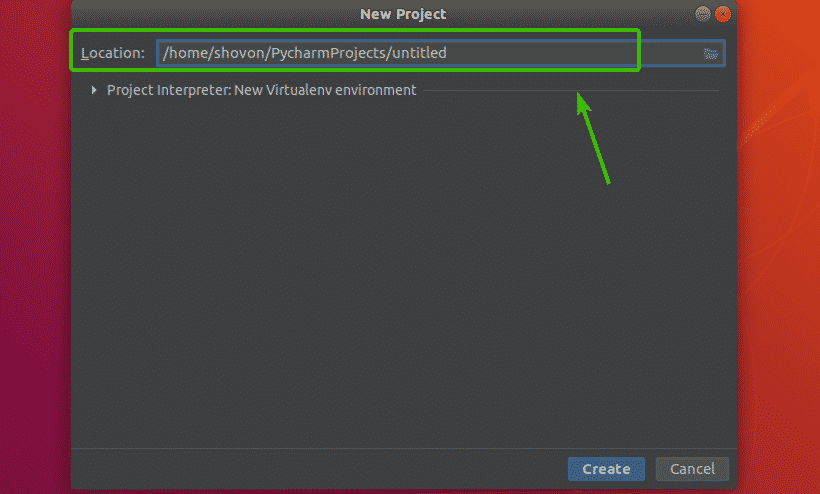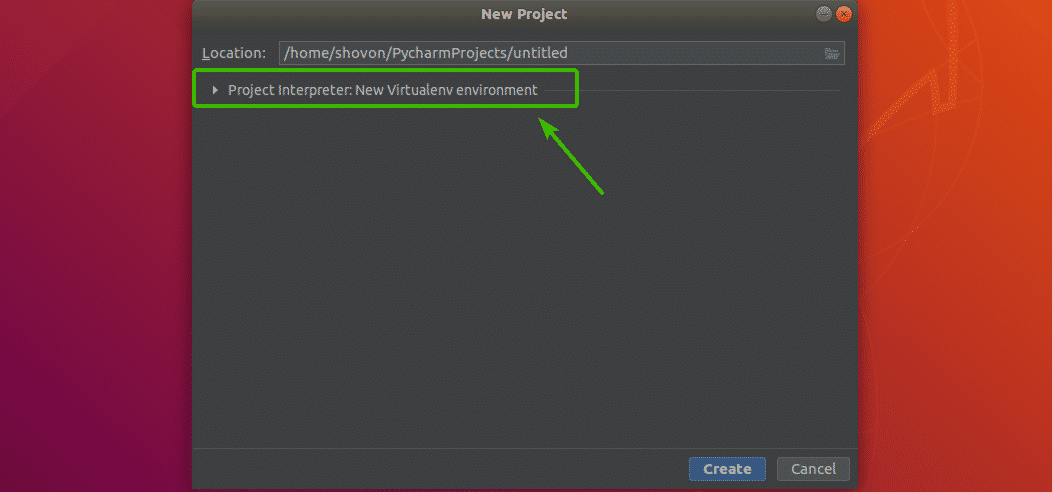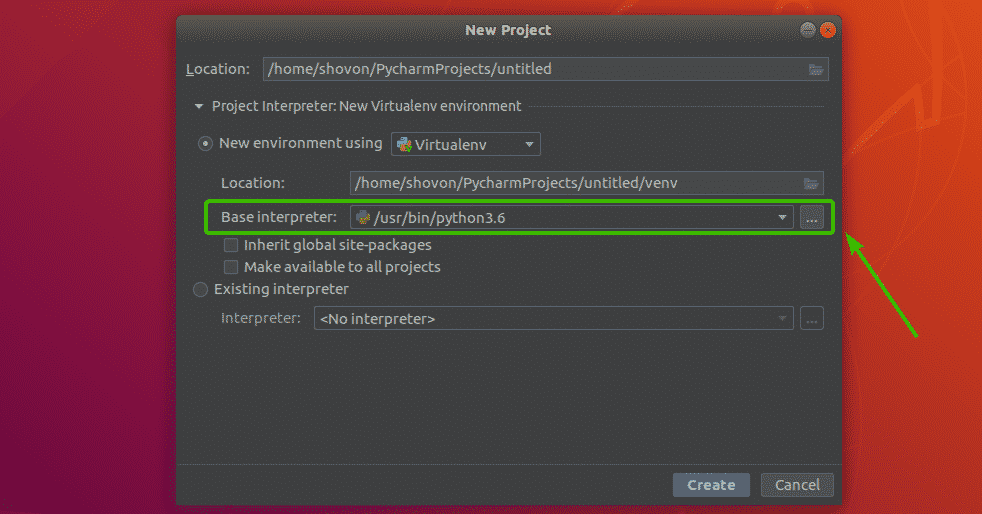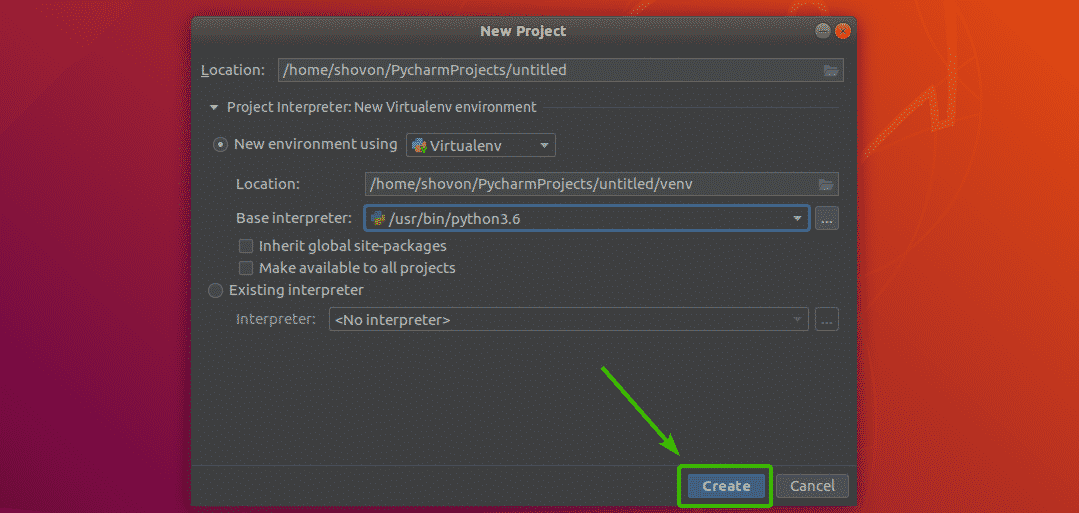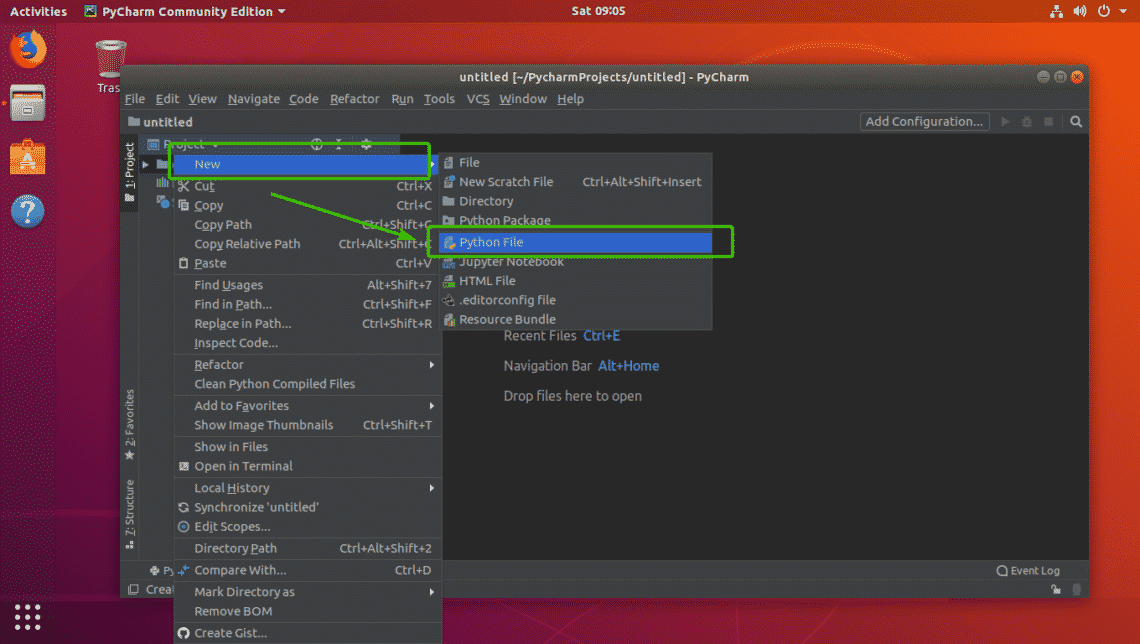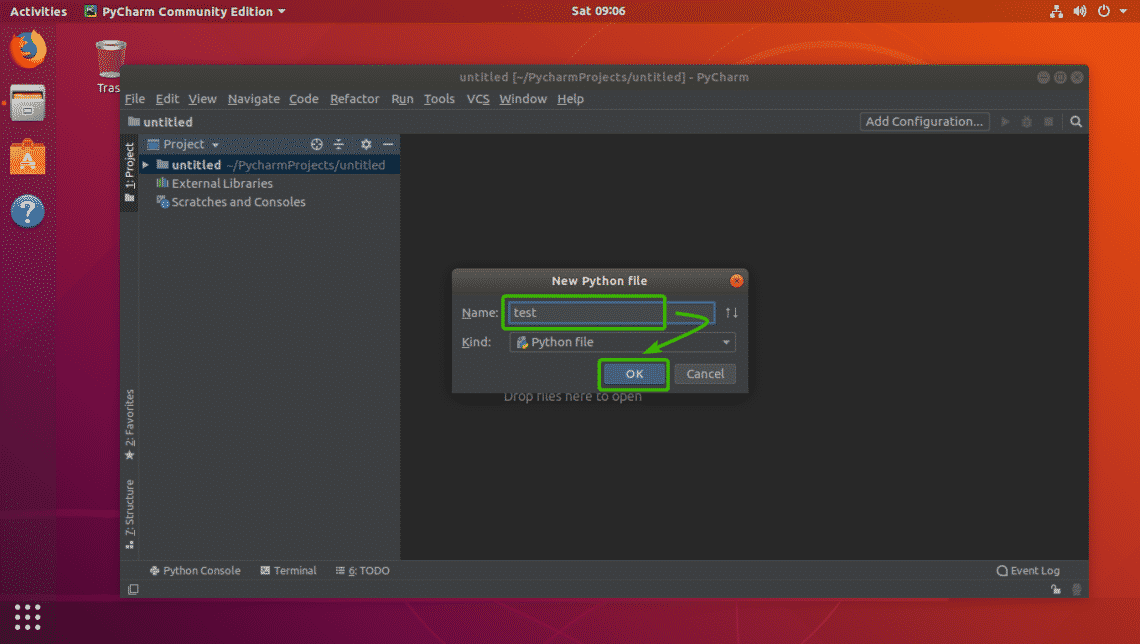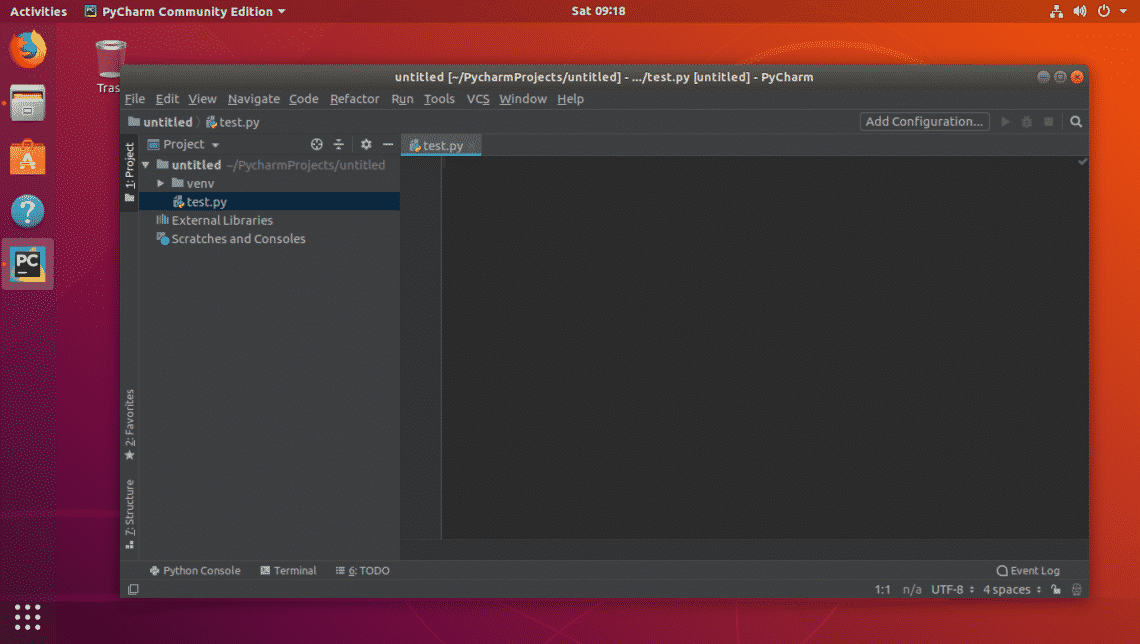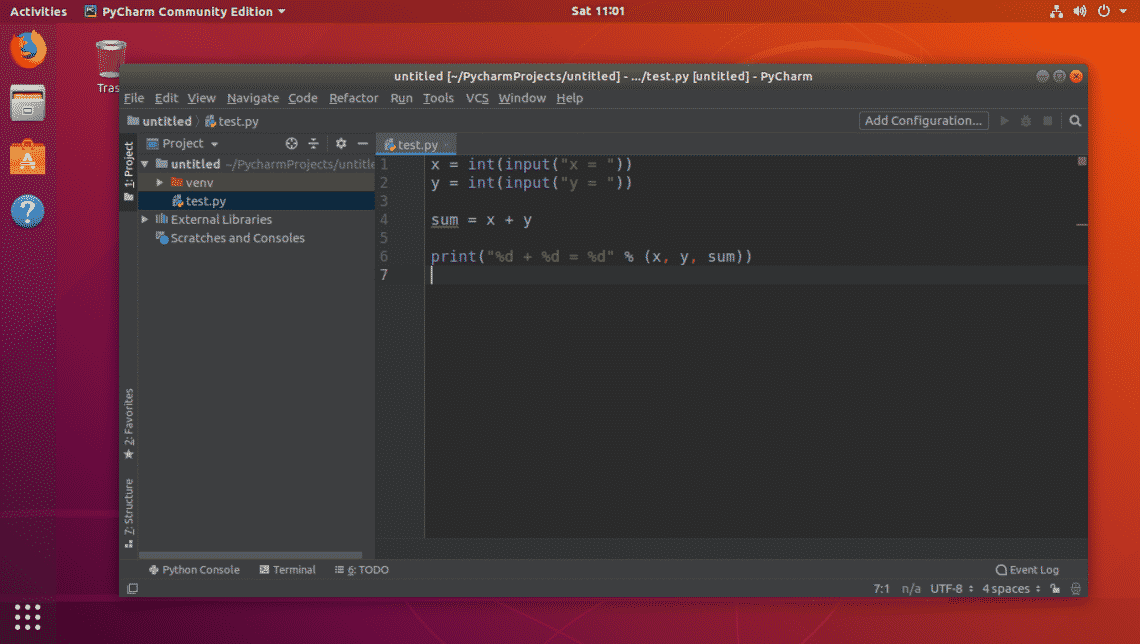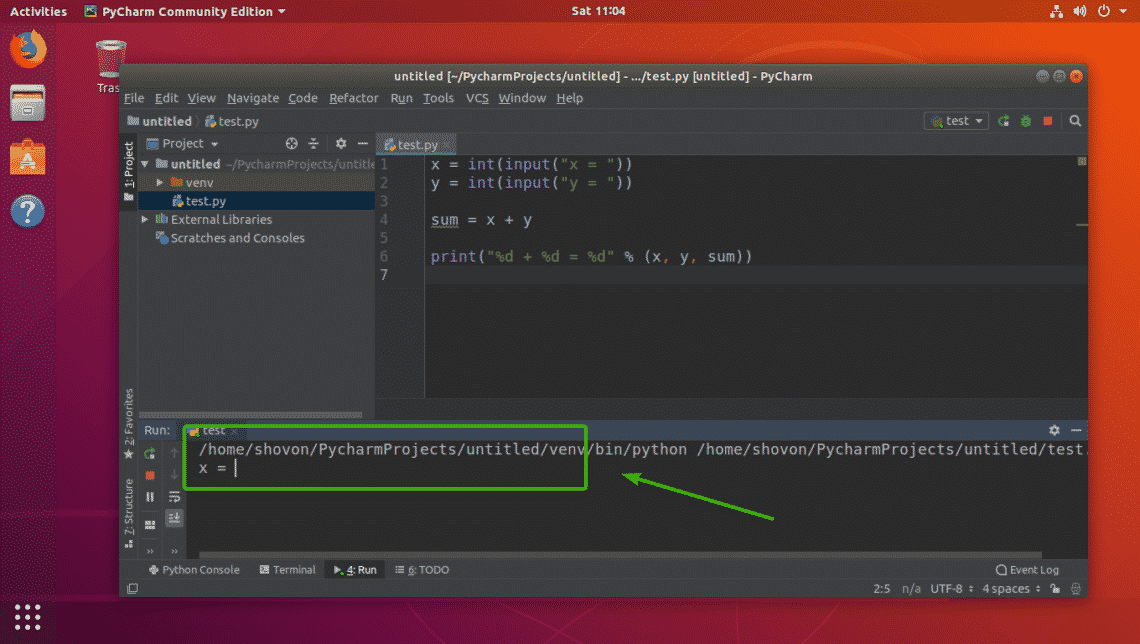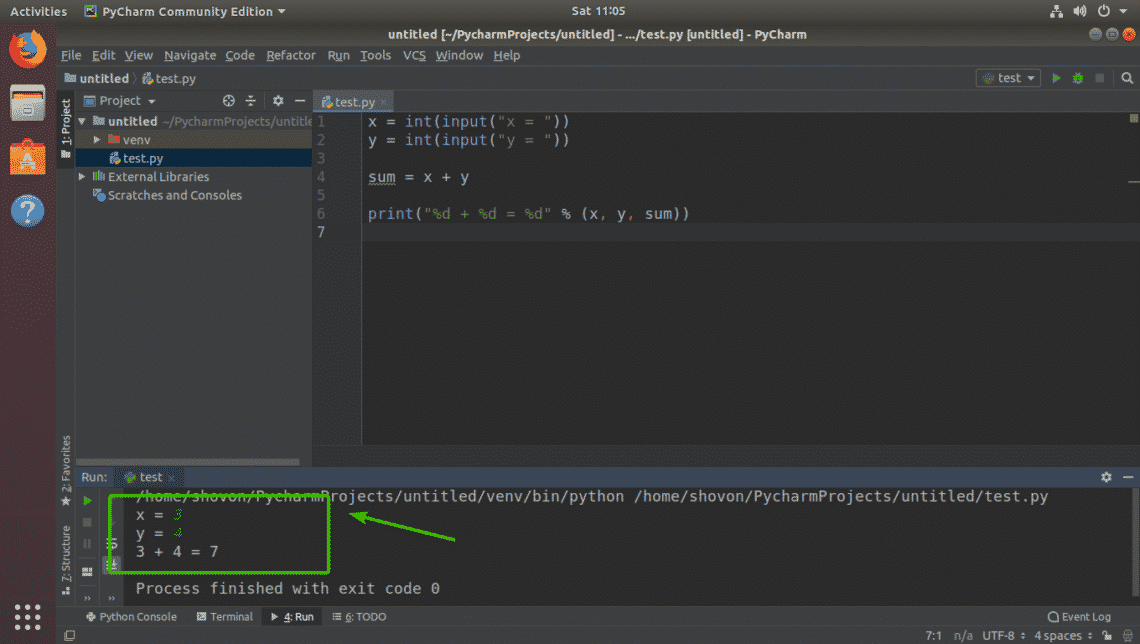Share with friends and colleagues on social media

Tis the season for spending time with loved ones, reminiscing about the past year and of course, technology forecasts and predictions. Whether we like it or not, nothing ever stays the same, in life and in business. My kids get older, their personalities mature and as a parent, I have to evolve the way I interact with them. It is the same for business, customer expectations continue to evolve, new technologies are developed to push the envelope and all of that leads to continuous transformation of our business, our people, our processes and of course, the technology and infrastructure.
As I started thinking about expectations for the coming year, I was struck with a strange feeling of déjà vu. Much of what’s on my list for 2019 is remarkably similar to last year. But there is a difference. Much of what might have been considered emerging technology 12 months ago is now maturing nicely and ready for more mainstream adoption. And for many of the items on my list, that has happened remarkably quickly.
Here are my predictions for 2019:
1. More major cybersecurity breaches
No real surprise here. Serious data hacks seem to be coming thick and fast. Marriott is the latest to hit the news with the second biggest hack of all time. Here’s a serious reality check: If you haven’t got a strong security plan and measures in place already, it may already be too late.
2. Major business failures will again hit the headlines
Household names and brands disappearing is nothing new. Toys R Us filed for bankruptcy in 2018 and while there are efforts to save it, it is a good example of how a company must evolve to stay relevant. Expect more of them to fall, if they miss the opportunity to adapt and transform. Make sure you’re not one of them.
3. Accelerated Artificial Intelligence (AI) and Machine Learning (ML) application development and adoption
Organizations of all types and sizes have now bought into the productivity, efficiency and customer experience improvements to be gained from AI and ML. Leveraging high-performance computing, AI and ML underpin many of the tech trends I highlighted in 2018 including AR/VR, autonomous vehicles/drones, big data/analytics and robotics. Greater investment and focus in both these areas will surely follow.
4. The Internet of Things (IoT) is set to take off
But don’t expect IoT growth to be consumer-led – at least not yet. With IoT security improving and related technologies maturing, business IoT is my bet for a major expansion in 2019, with manufacturing, healthcare, retail and utilities at the forefront.
5. Expect to see more autonomous vehicles
They’re on our roads already in pilot programs. Over the next year, watch out for more real-world testing of cars, trucks and public transport, as well as industrial and farming vehicles.
6. Containers will make implementing hybrid/multi-cloud easier
Containerized applications and workloads are increasingly at the heart of development projects. Kubernetes and DevOps are now mainstream. Monolithic applications have had their day. Containers make it easier to implement a hybrid and multi-cloud strategy by deploying, moving or expanding cloud-native applications to your cloud platform of choice, even straddling cloud boundaries as needed.
7. Anticipate a new raft of technology-related acquisitions
More traditional, legacy businesses will be looking to buy innovation, new technologies and expertise in order to keep up with shifting market dynamics and in a move to avoid becoming irrelevant to their customer base.
8. Mobile devices will become even more indispensable to our lifestyle
Let’s be honest, most of us would be lost without our mobile phone, smartwatch or fitness tracker already. They’re how we now expect to interact with the world around us and how we want new real-time services delivered. Unfortunately, there is a downside. We are going to be even more glued to our devices.
9. Blockchain is finally going to deliver some business value.
While Blockchain is often maligned by many, there are new and valid use cases on the horizon that will help change perceptions. I expect interest to grow from government agencies, the finance sector, manufacturing, retail and the IoT world.
10. Open source software will continue to thrive and play a pivotal role in all of these predictions
Why? Because open source communities have become the vanguard of innovation. Open source software plays a pivotal role in all the dominant technology trends and is increasingly relied on by enterprise businesses around the globe.
Let me leave you with one more prediction.
At this time of year, it seems like everyone starts forecasting what the next year might bring. I predict that very few of them will get checked later to see if they were on the money or whether they missed the mark.
I’ll be checking mine from time to time throughout the year. I invite you to do the same.
Please feel free to send me your comments, observations or even your own predictions.
Share with friends and colleagues on social media













































